What to plant in June – the veg, salads and flowers to grow this month
Need inspiration for what to plant in June? Find advice on the best vegetables, salad crops and flowers to grow now
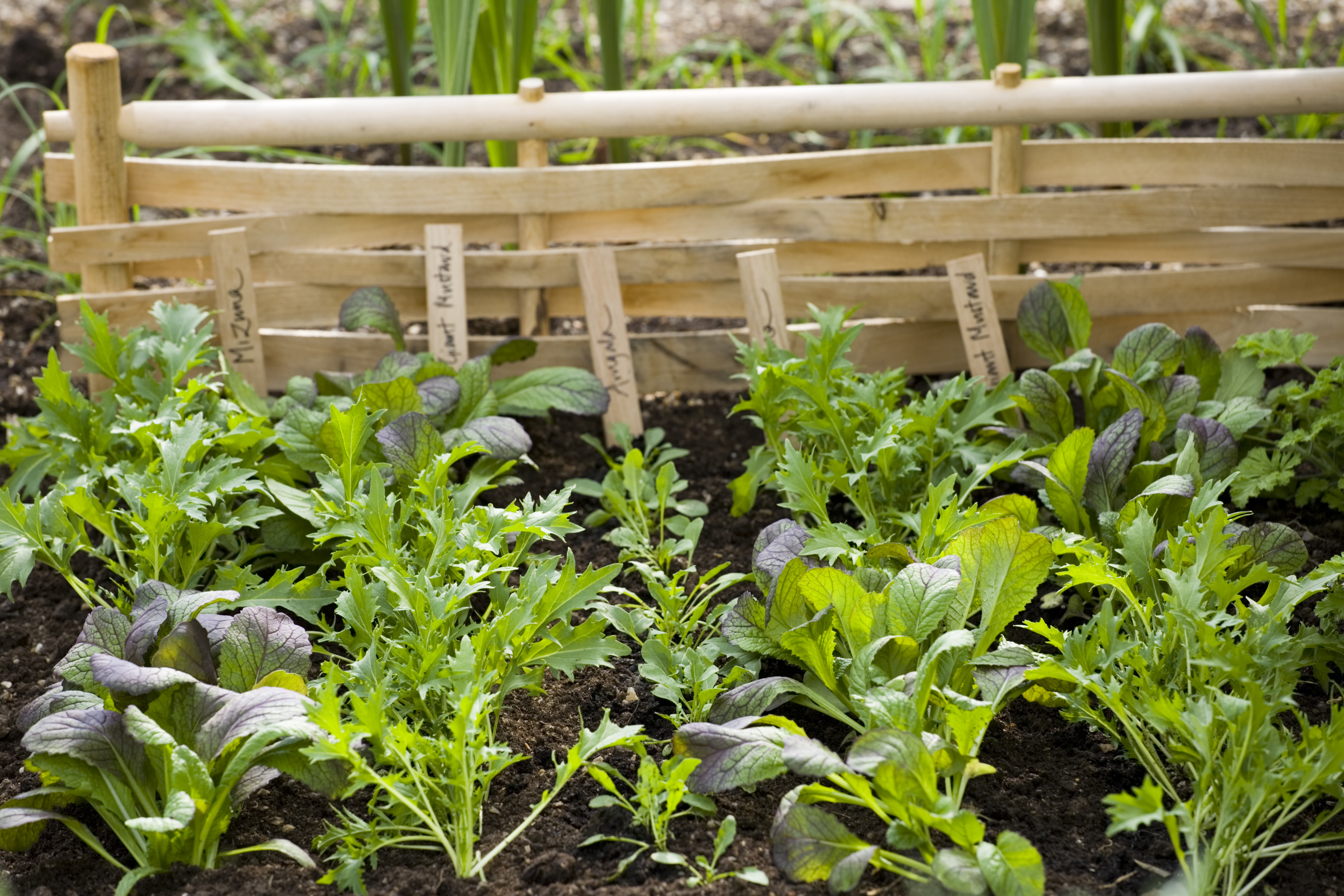

When it comes to the question of what to plant in June, there is plenty to choose from.
With its long, warm days, and extra sunlight hours, June is a busy time at this midpoint of the gardening year.
Now is the time to plant out flowers and crops you sowed indoors in spring as part of your garden ideas, as well as harvest and repeat-sow earlier vegetable plantings to prolong the period of harvest into fall. You can also have fun creating colorful displays with hanging baskets and containers.
As the temperatures rise, just be sure to keep everything well watered.
What to plant in June – vegetable and fruit crops to plant now
When it comes to what to plant in June, 'this is a time to make sure you plant for the coming fall and winter ahead, while harvesting the produce from earlier plantings,' explains Mr Mitford, who manages the kitchen garden ideas at Hawkstone Hall.
'We use this month for repeat sowings of vegetables, such as growing carrots, beans, beetroot, spinach, cauliflower and all the salad crops, which will prolong the harvest period and ensure fresh pickings well into fall,' he adds. This is especially important if you have a small vegetable garden to maximize the use of all available space.
If you started growing strawberries earlier in the year, they should be showing fruit in June, so continue to pick regularly to promote fruit production.
1. Summer cabbage
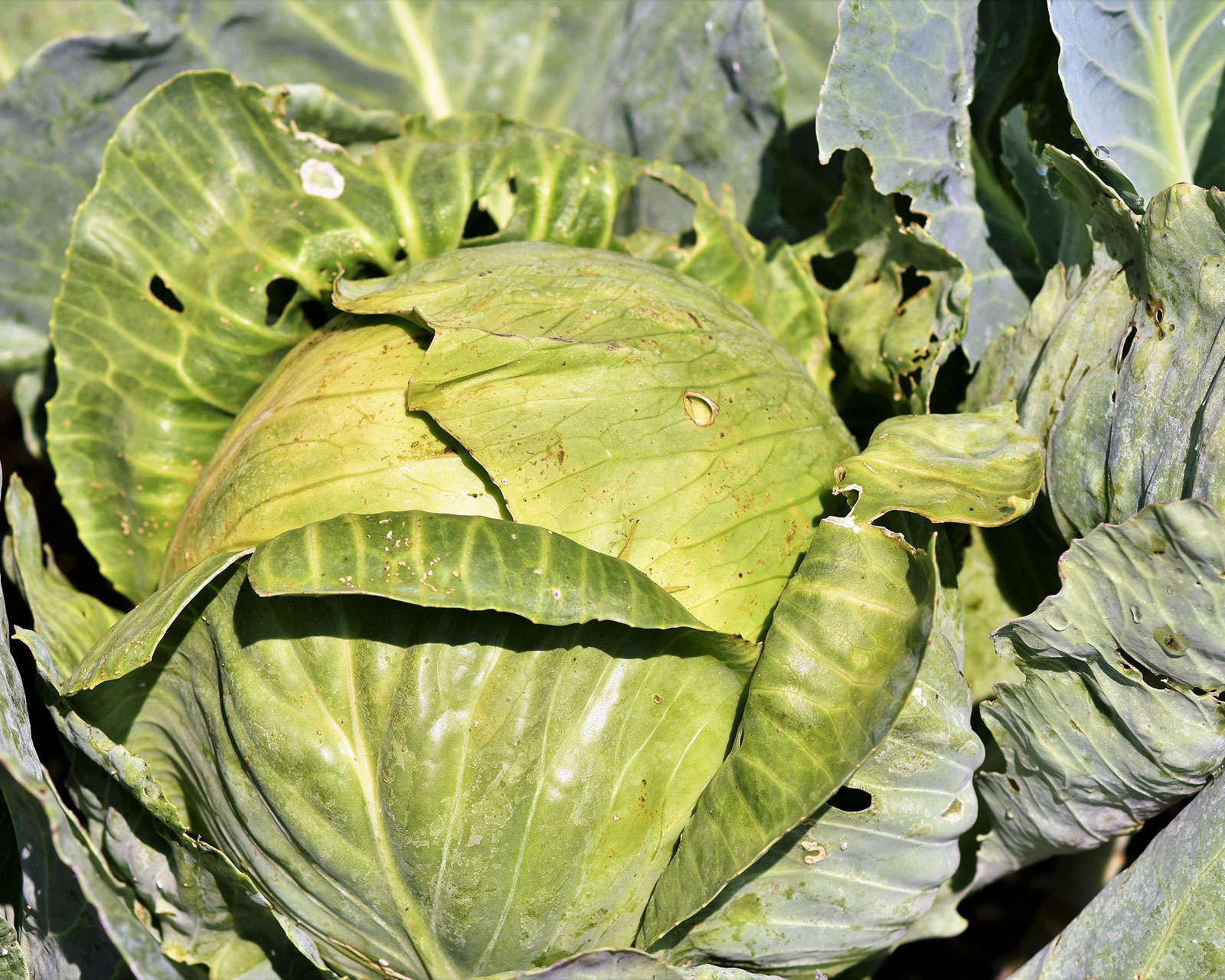
'Summer cabbage varieties can provide cabbages throughout the year and are easy to care for,' explains Mr Mitford.
Space them 13in (37cm apart), with 11in (30cm) between rows as part of your vegetable garden ideas. 'Take care not to grow cabbages in the same place that you grew them – or other brassicas – previously,' advise the experts at the Royal Horticultural Society.
'Grow summer cabbages in very firm soil, with plenty of aged manure or compost. Pick off cabbage butterfly and caterpillars and protect plants with netting,' adds Mr Mitford. Also try companion planting to keep pests away from your cabbage crops.
2. Radishes
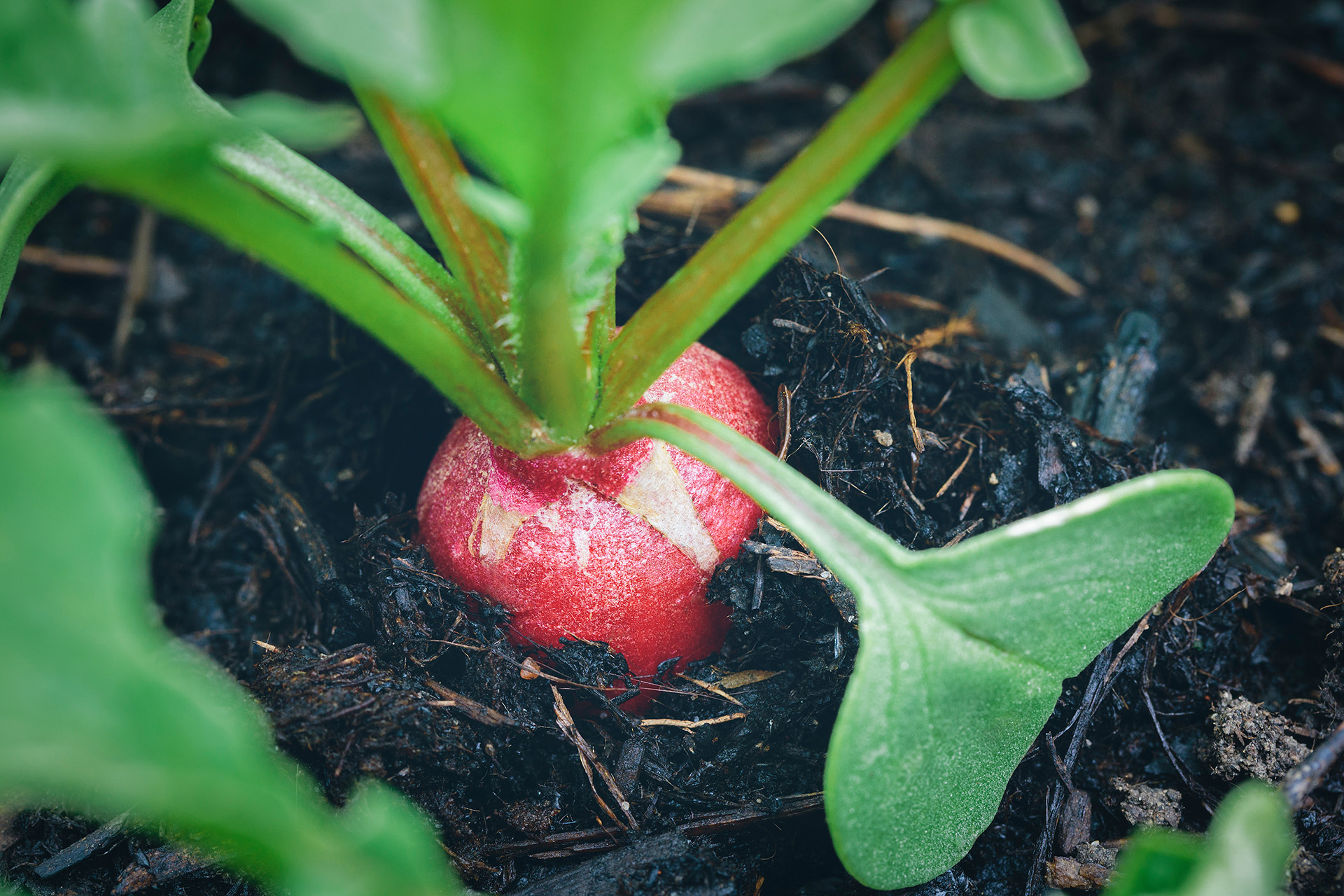
You can direct sow radish seeds into the ground now that all threat of frost has passed and the soil has warmed up. With their crispy crunch and strong flavor, radishes are a lovely addition to summer salads.
It's easy to learn how to grow radishes and you can harvest some of the varieties within just a few weeks of sowing, advises Amy Enfield of Bonnie Plants,
3. Okra
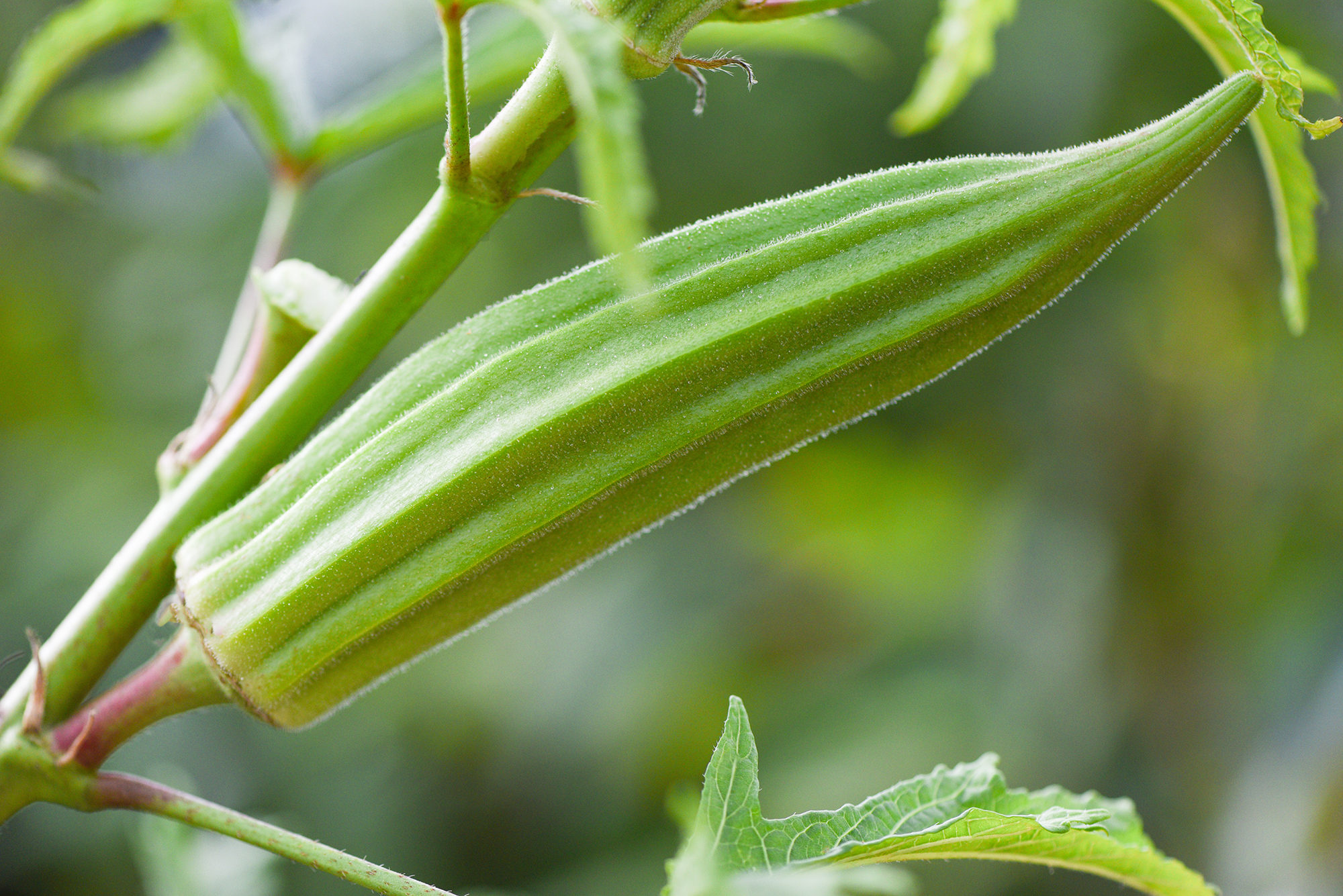
Okra – otherwise known as ladies fingers – grows best in hot weather so is especially popular in southern states.
If you are keen to know how to grow okra, 'by using seedlings, you can take 3 weeks or more off from its usual long season. As long as okra seedlings are handled gently, they can be added in to the garden just as the warmer season begins,' explain the Bonnie Plants experts.
Space okra plants 10in (25cm) apart in the sunniest spot in the backyard, which has fertile, well-drained soil with a neutral pH of 6.5 to 7.0.
Okra is a 'cut-and-come-again' vegetable, so once they start producing, if you keep cutting the pods every day or two, they will keep on coming.
Salads to plant in June
If you are growing any of your salad leaves or crops as part of your greenhouse plans, make sure you provide some form of shading during the hottest days to prevent plant scorch.
Keep the greenhouse well ventilated, too, by opening vents and doors.
1. Chicory
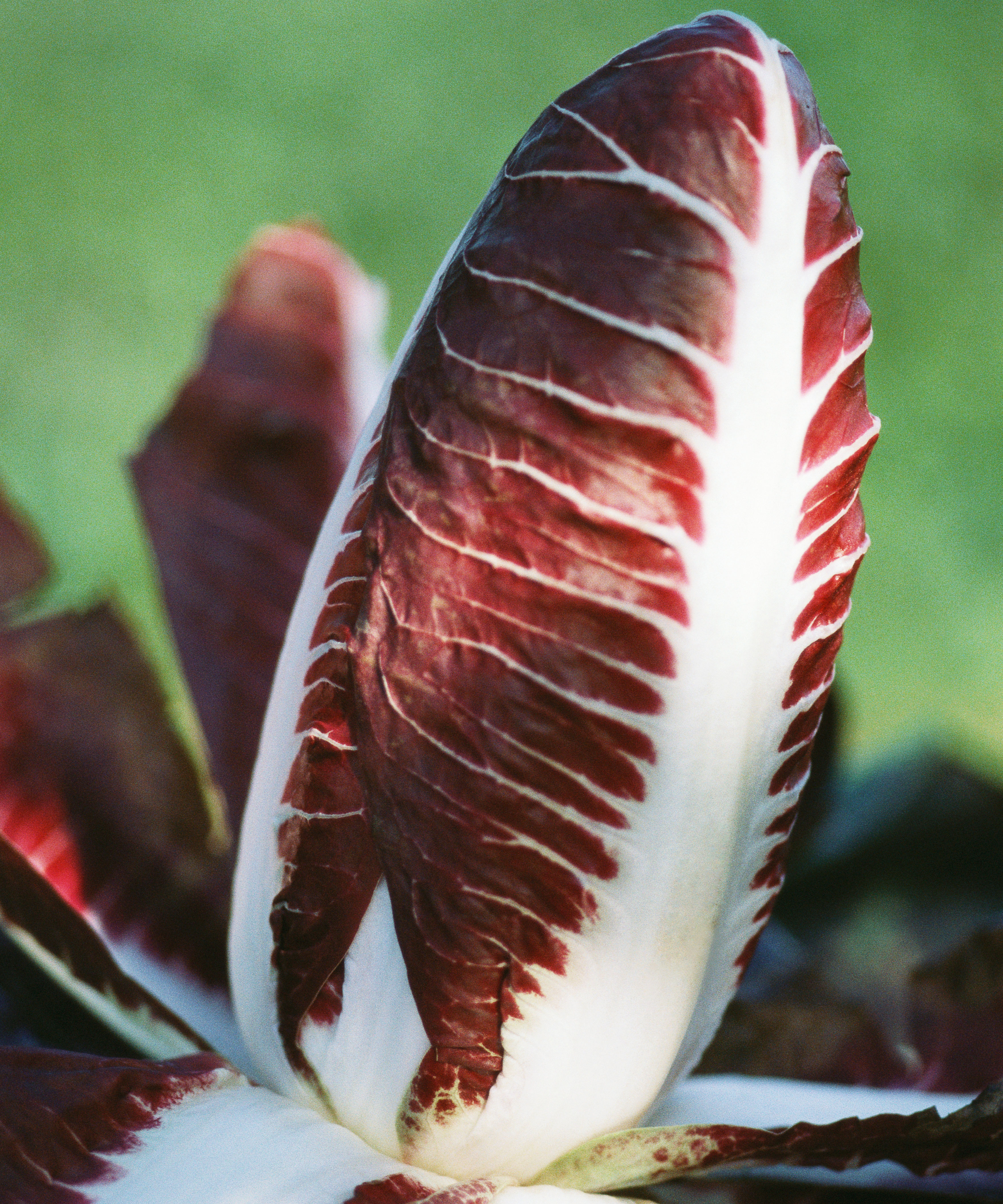
A versatile salad, the leaves of which can be cooked or eaten raw, chicory has wonderfully crunchy and delicately bitter leaves that have a distinctive flavor.
You can sow the seeds of ‘radicchio’ types of chicory outdoors, directly into well-prepared, free-draining soil in a sunny spot June. Sow seeds ½ in (1.5cm) deep and either scatter them or plant in rows 11in (30cm) apart, thinning seedlings as they grow.
The delicious crops should be ready to harvest from late summer into fall.
2. Lettuce
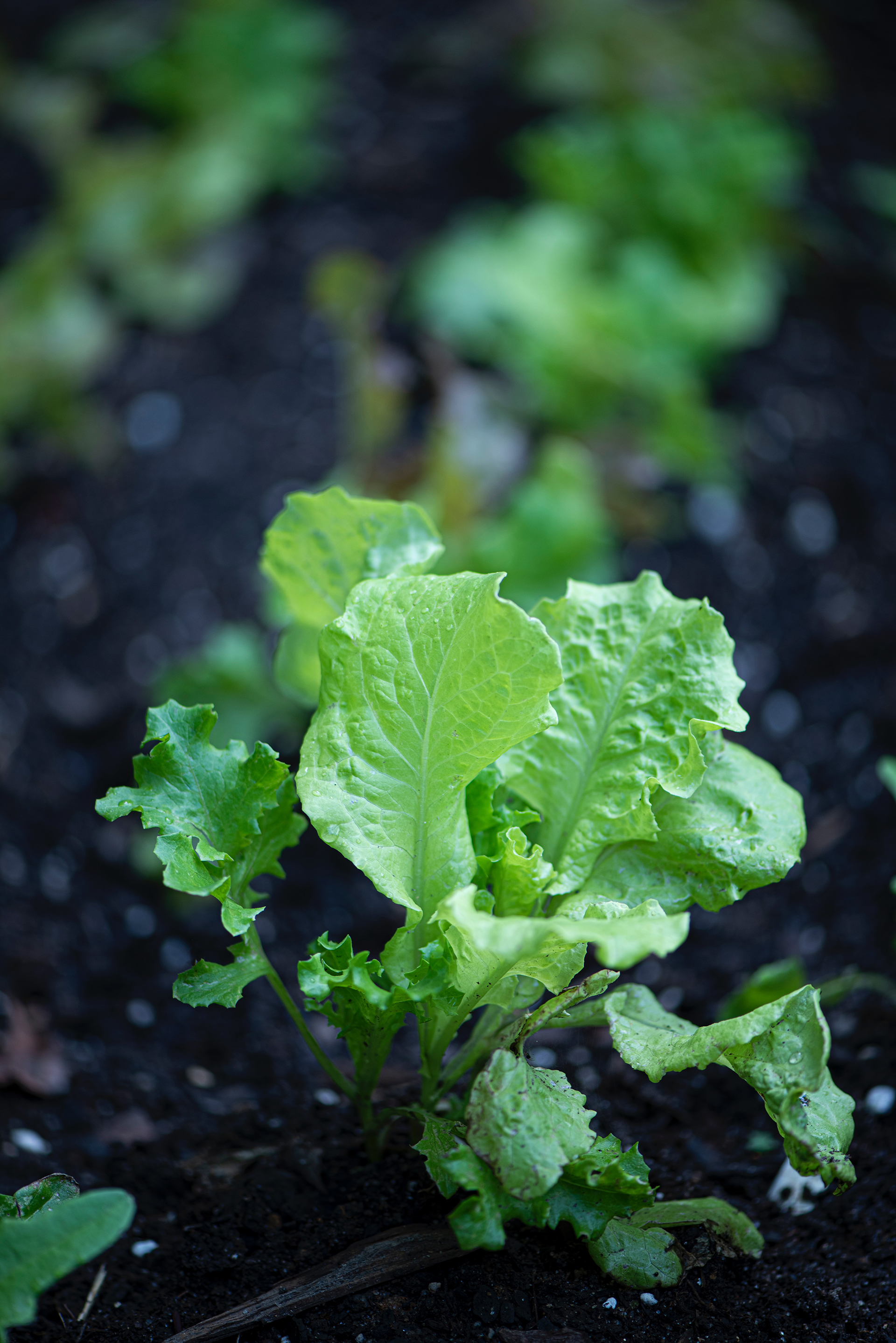
Freshly picked lettuce leaves are so much tastier than store bought options that is it well worth your time learning how to grow lettuce.
You can sow lettuce direct in your vegetable garden or raised beds outdoors in June. In fact, lettuce can be sown from mid spring and throughout summer, so with planning and successional sowing, you can enjoy the nutritious and tasty salad leaves for most of the year.
You'll need to space the plants 6 to 18 inches apart, depending on the variety.
Lettuce also makes an ideal crop if you're considering vegetable garden container ideas.
'For continuous harvesting, pick outer leaves and leave inner ones to grow,' advise the experts at Bonnie Plants
3. Mizuna

Mizuna is an asian leafy green with a slightly peppery, tangy cabbage flavor.
It can be used in salads, stir fries and soups, so is a versatile addition to the vegetable garden.
'It is one of my favorite leaves for spring, fall and winter salads. It's an essential plant in my garden that I grow almost all year round,' says Sarah Raven.
Mizuna does really well grown in cool weather, but can also be sown in June and summer as long as it doesn't get too hot and it can enjoy some shade.
Plant in fertile soil with plenty of organic matter added in, and space mizuna 8 to 10 inches (20-25 cm) apart. It is also easy to grow in containers and will furnish you with plenty of cut-and-come-again leaves to enjoy.
Flowers to plant in June
Flowers start to appear in abundance in June, and if you're planning a cut flower garden, it is therefore also the time to 'pick, pick, pick,' advises expert plantswoman Sarah Raven.
June is the time to plant out summer bedding that was sown indoors in spring, such as geraniums, begonias, lobelias, to their final positions as part of your flower bed ideas.
‘June is also when we start sowing next spring's biennials that need time to establish,’ adds Sarah.
1. Foxglove – Digitalis purpurea ‘Sutton’s Apricot’
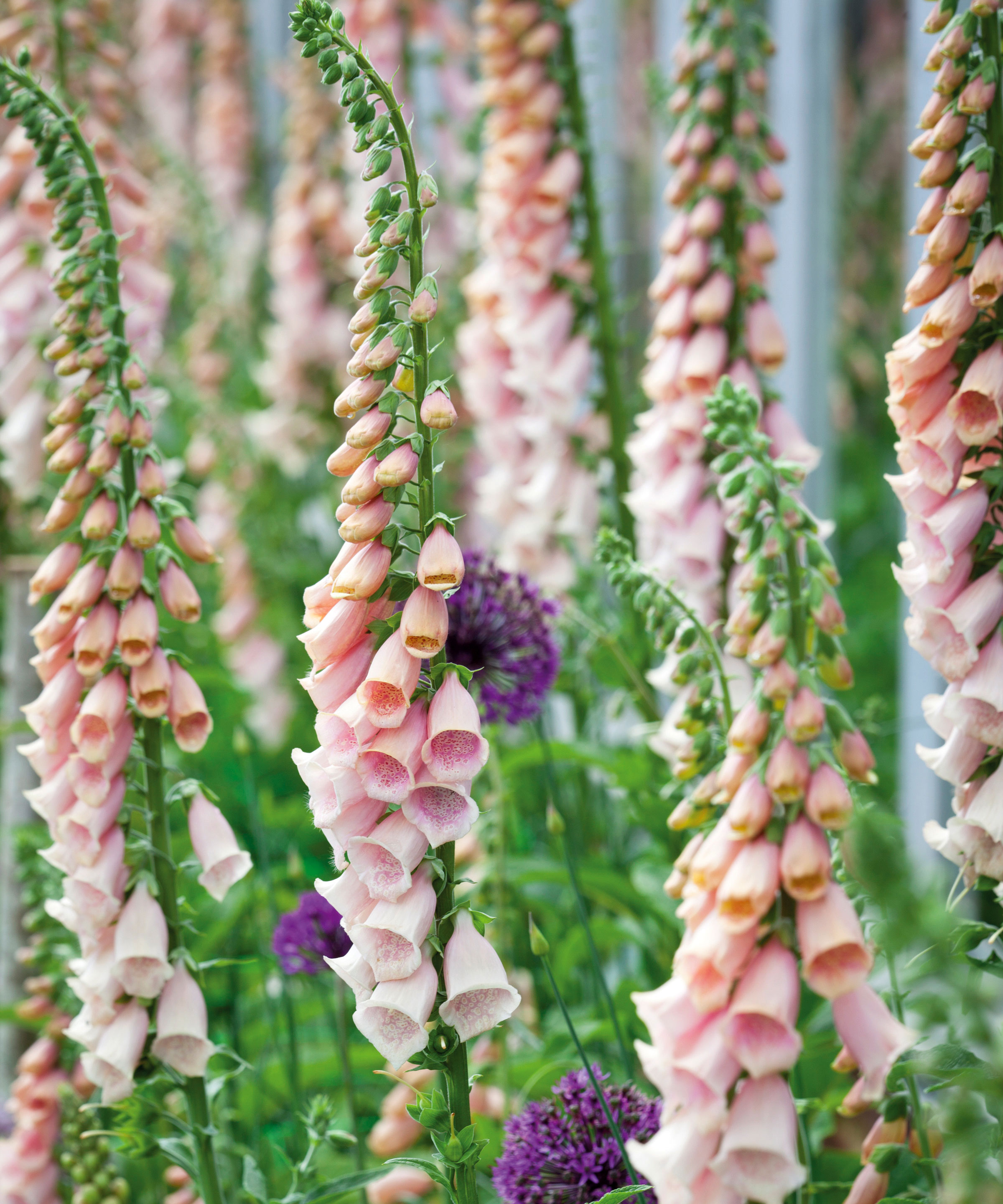
Foxgloves are classic cottage garden plants, a magnet for pollinators and wonderful cut flowers.
'‘Sutton’s Apricot’ is a lovely, soft pink foxglove that flowers at the same time as peonies and looks beautiful with them,' explains Sarah. It is easy to learn how to grow foxgloves and the tiny, dust-like seeds can be sown in June, direct into a seedbed. 'Thin in three or four weeks to 11in (30cm), and transplant to their flowering position in early fall.'
2. Wallflower – Erysimum ‘Winter Orchid’
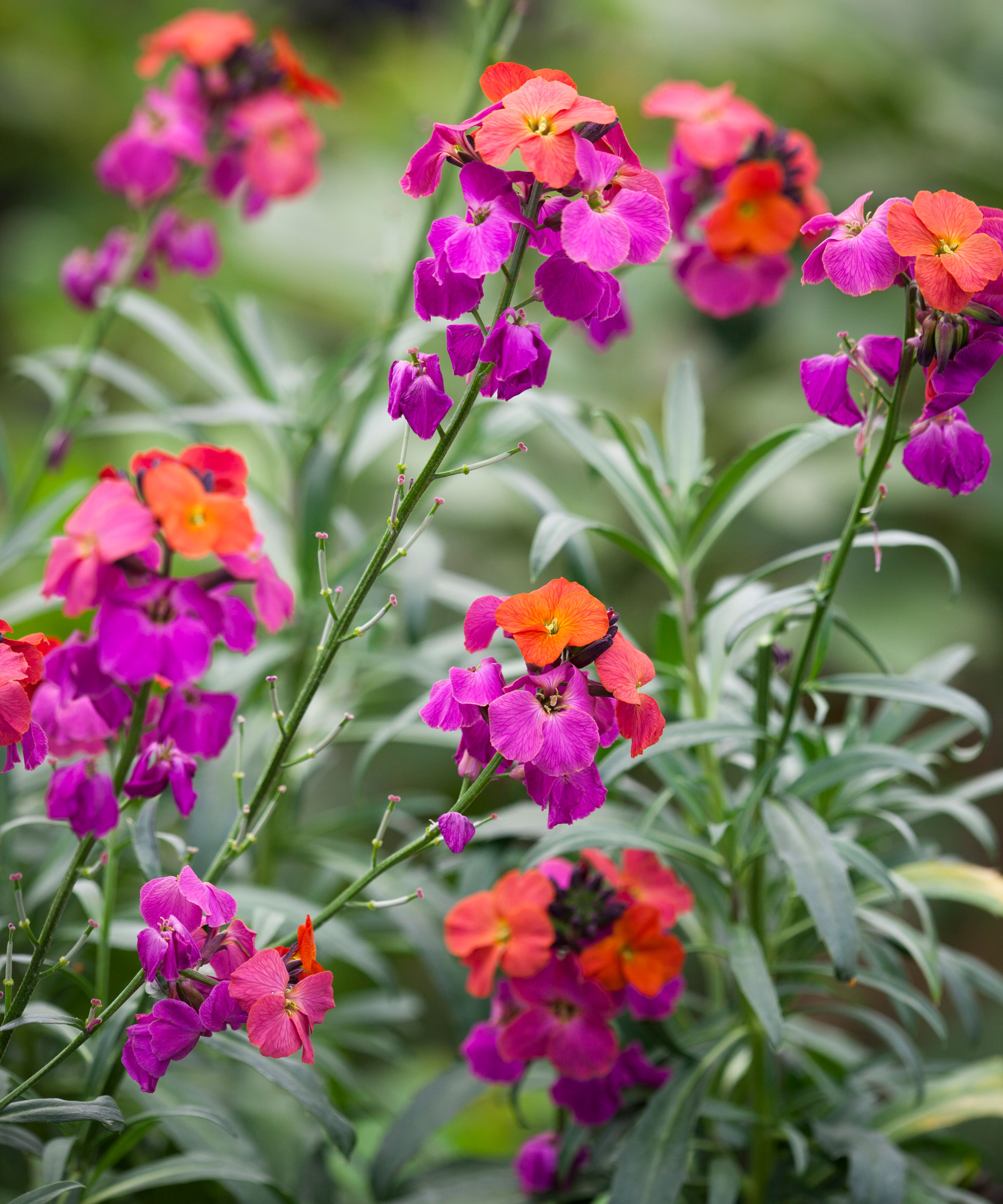
'Wallflowers come in the most wonderful rich colours, with one of the best-ever scents,' says Sarah.
'‘Winter Orchid’ is a brilliant short-lived perennial wallflower. Flowers emerge as a coppery orange, turning to purple as they age,' she adds.
Hugely long-flowering from spring right through the summer, wallflowers are often the first things to come into full bloom with the hellebores and daphnes.
3. Honesty – Lunaria annua ‘Chedglow’
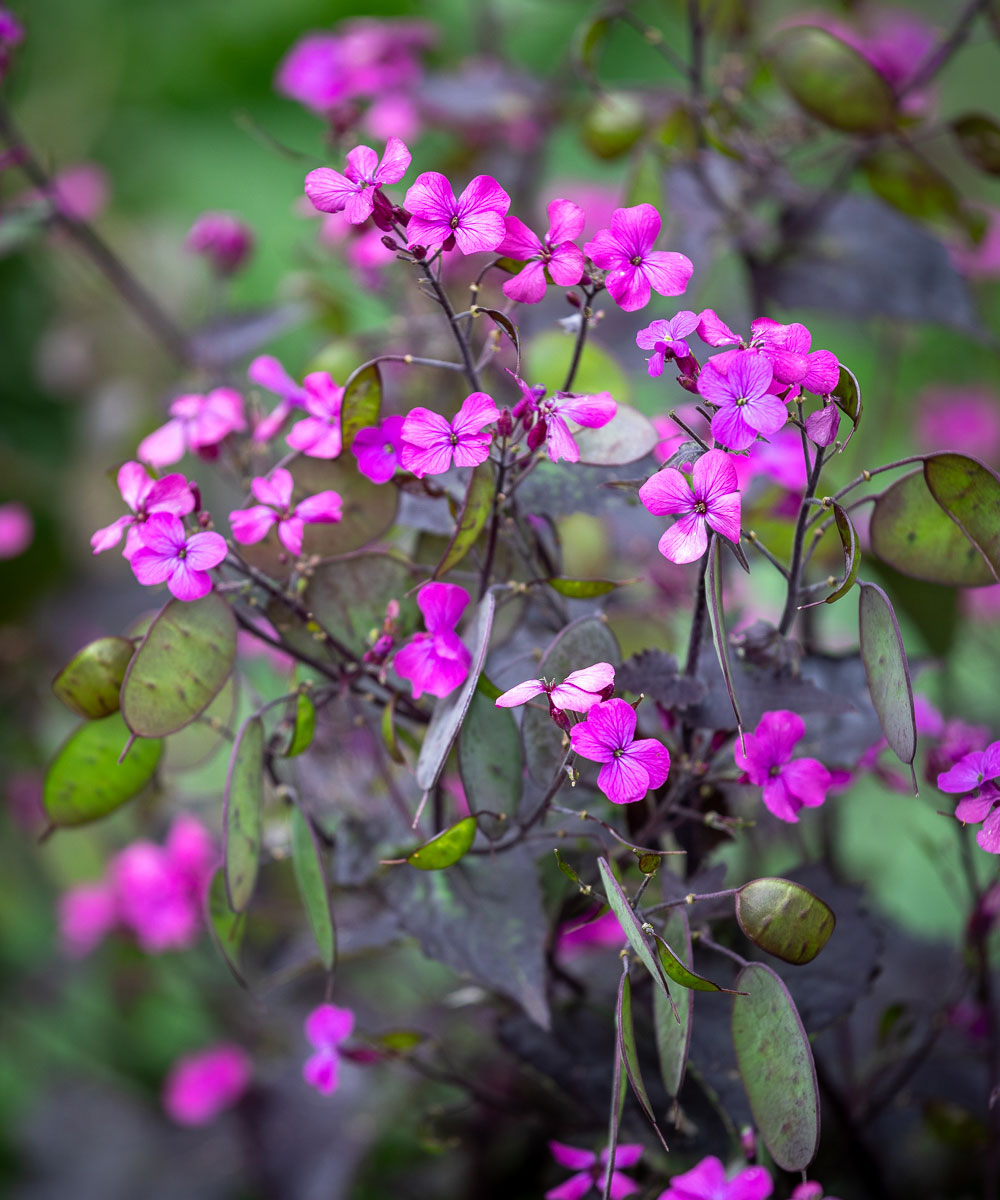
Honesty variety Lunaria annua ‘Chedglow’ is an unusual color form of honesty, and has rich black-crimson leaves and pods instead of green.
'Honesty’s seed pods resemble silvery moons and ‘Chedglow’s’ are tinged with purple, providing fantastic architectural value through winter or for use in dried flower arrangements,' says Sarah.
'If you are short of space these will be perfectly happy in pots in a sheltered spot until the fall, when they can then be planted in their final positions,' she adds.
What plants can be planted in June?
There are many plants than can be planted in June.
Now that the soil has warmed up and the threat of frost has passed if you live in a cooler area, you can plant out many young seedlings that were sown indoors in late winter or early spring. This includes vegetable and salad crops, as well as many bedding plants and more tender flowers.
Can I plant anything in June?
It is not the case that you can plant anything in June, as there are some plants and shrubs that are better planted in their dormant state in fall or winter, or others that need to be planted in spring, so that they have adequate time to establish before the onset of the colder weather and winter.
It is always best to check the planting instructions provided with the chosen plant so that you get it off to a good start. If you follow the instructions on planting, time, location and care, it will hopefully thrive in your garden.
Sign up to the Homes & Gardens newsletter
Design expertise in your inbox – from inspiring decorating ideas and beautiful celebrity homes to practical gardening advice and shopping round-ups.
Rachel is senior content editor, and writes gardening content for homesandgardens.com, Homes & Gardens magazine, and its sister titles Period Living Magazine and Country Homes & Interiors. She has written for lifestyle magazines for many years, with a particular focus on gardening, historic houses and arts and crafts, but started out her journalism career in BBC radio, where she enjoyed reporting on and writing programme scripts for all manner of stories. Rachel then moved into regional lifestyle magazines, where the topics she wrote about, and people she interviewed, were as varied and eclectic as they were on radio. Always harboring a passion for homes and gardens, she jumped at the opportunity to work on The English Home and The English Garden magazines for a number of years, before joining the Period Living team.
-
 Sarah Michelle Gellar's entryway is tranquil and elegant thanks to white and wood accents – her neutral style is replicable from $33
Sarah Michelle Gellar's entryway is tranquil and elegant thanks to white and wood accents – her neutral style is replicable from $33The actress's entryway features a wood console table, wood floors, and crisp, white paint for a warm and inviting atmosphere
By Hannah Ziegler
-
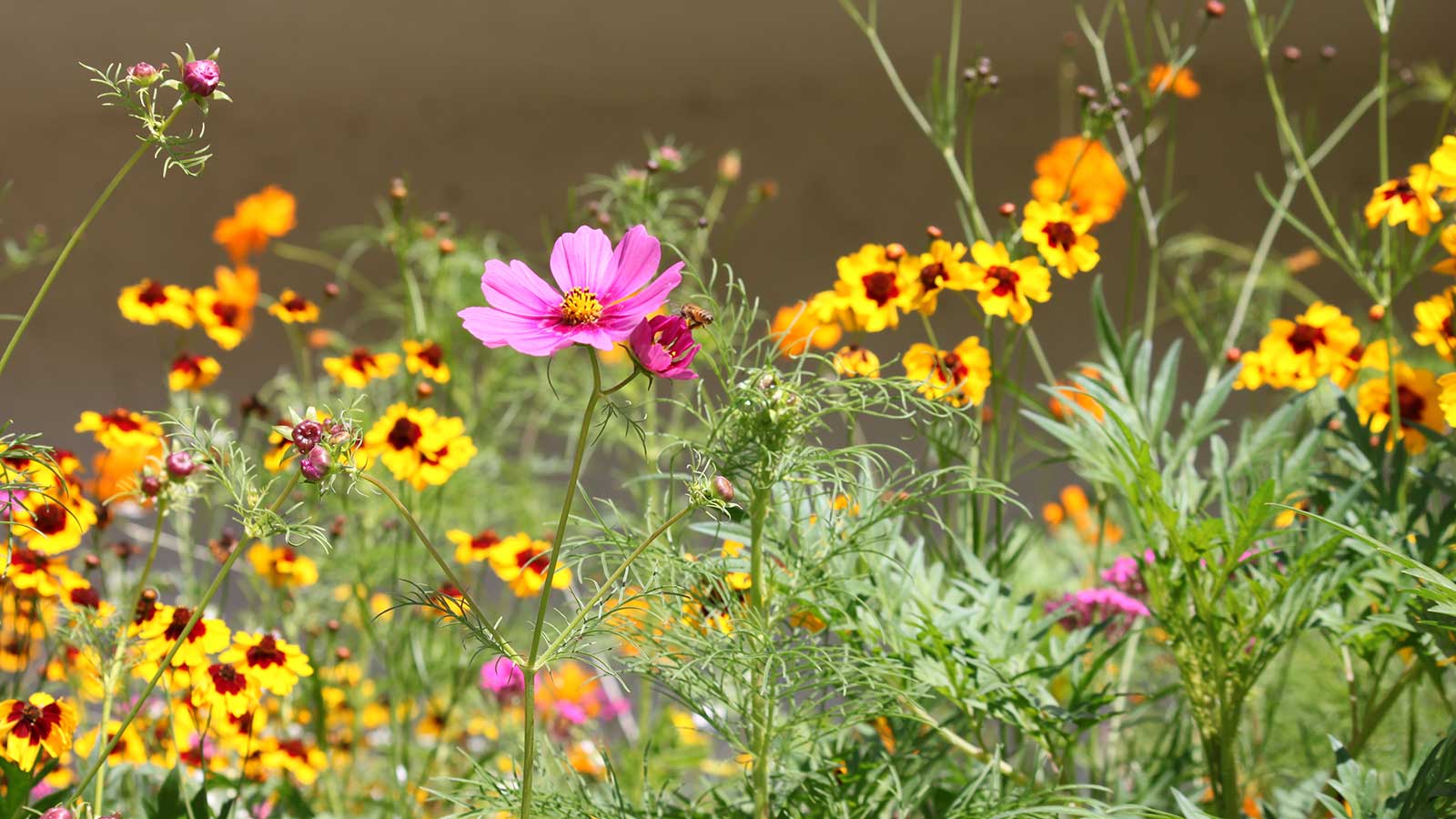 How to design a mini meadow in pots – and welcome birds, bees and butterflies to your urban wildlife garden this summer
How to design a mini meadow in pots – and welcome birds, bees and butterflies to your urban wildlife garden this summerExperts share advice on species recommendations, soil, and types of containers to use for meadow planting
By Holly Crossley